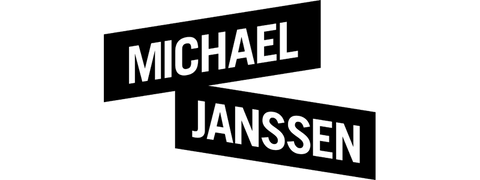Jaime Roque (b.1947) lives and works in Manila, The Philippines.
Originally starting out as a realist painter, Roque was a key proponent of the “Magic Realist” Movement in the Philippines in the 1970s. Sharing a deep admiration for the realist style of American artist Andrew Wyeth, he, together with several prominent artists such as Nestor Leynes, Emmanuel Llado, Lito Barcelona and Ger Viterbo eventually founded the Manila Wyeth school. Turning a fresh eye onto everyday life, these artists focused on depicting familiar scenes in minute detail, and in retaining their distinct qualities of texture and colour, gave even the humblest of objects a semblance of dignity and worth.
Although initially inspired by Wyeth, the works of these artists soon greatly diverged from their American counterpart eventually giving rise to the development of a uniquely Filipino style of Magic Realism - one that was shaped by their own historical experiences, their temperament as a people and their own cultural and artistic traditions. Art, for Roque, is created not just with talent alone but with the expression and inspiration that comes from an artist’s heart and mind. A reaction to the development of Modern architecture, Roque’s painterly style transition from realist to abstractionist is in essence an exploration of the expressive capacity of abstraction. Reminiscent of the “form follow function” principle that is associated with Modernist Architecture and Design, the absence of representation in these works on view allow them to stand independently on their own. Roque’s works, like so many modern architectural works, are therefore able to relate entirely to themselves, without any distraction or detraction from even their own functions and features. Utilising simple elements and principles of design to communicate his thoughts and feelings, Roque’s abstract works are composed entirely using geometric shapes, which are typical motifs of abstraction. In “Untitled”, highly textured, vibrantly coloured and rigorously mathematically oriented works that pay homage to the Op-Art Movement of the late 1960s to 1970s are presented alongside works that feature rounded, wavy interlocking abstract forms and harmoniously paired colours and tones. These works, soothing, figurative allusions to the natural environment lend a stark contrast to the riotous effect of the former.
Drawing heavily on a mix of styles that he combines with a distinctly Filipino flavour to create art that is new and original, Roque’s practice is both dynamic and relevant, characteristics typical of a contemporary Filipino artist to say the least. It is this recent rediscovery of Roque and his works that speaks volumes not only about the plurality of expression that has come to characterize the Philippine art world but also points towards the depth and richness of its visual art landscape.
Originally starting out as a realist painter, Roque was a key proponent of the “Magic Realist” Movement in the Philippines in the 1970s. Sharing a deep admiration for the realist style of American artist Andrew Wyeth, he, together with several prominent artists such as Nestor Leynes, Emmanuel Llado, Lito Barcelona and Ger Viterbo eventually founded the Manila Wyeth school. Turning a fresh eye onto everyday life, these artists focused on depicting familiar scenes in minute detail, and in retaining their distinct qualities of texture and colour, gave even the humblest of objects a semblance of dignity and worth.
Although initially inspired by Wyeth, the works of these artists soon greatly diverged from their American counterpart eventually giving rise to the development of a uniquely Filipino style of Magic Realism - one that was shaped by their own historical experiences, their temperament as a people and their own cultural and artistic traditions. Art, for Roque, is created not just with talent alone but with the expression and inspiration that comes from an artist’s heart and mind. A reaction to the development of Modern architecture, Roque’s painterly style transition from realist to abstractionist is in essence an exploration of the expressive capacity of abstraction. Reminiscent of the “form follow function” principle that is associated with Modernist Architecture and Design, the absence of representation in these works on view allow them to stand independently on their own. Roque’s works, like so many modern architectural works, are therefore able to relate entirely to themselves, without any distraction or detraction from even their own functions and features. Utilising simple elements and principles of design to communicate his thoughts and feelings, Roque’s abstract works are composed entirely using geometric shapes, which are typical motifs of abstraction. In “Untitled”, highly textured, vibrantly coloured and rigorously mathematically oriented works that pay homage to the Op-Art Movement of the late 1960s to 1970s are presented alongside works that feature rounded, wavy interlocking abstract forms and harmoniously paired colours and tones. These works, soothing, figurative allusions to the natural environment lend a stark contrast to the riotous effect of the former.
Drawing heavily on a mix of styles that he combines with a distinctly Filipino flavour to create art that is new and original, Roque’s practice is both dynamic and relevant, characteristics typical of a contemporary Filipino artist to say the least. It is this recent rediscovery of Roque and his works that speaks volumes not only about the plurality of expression that has come to characterize the Philippine art world but also points towards the depth and richness of its visual art landscape.

